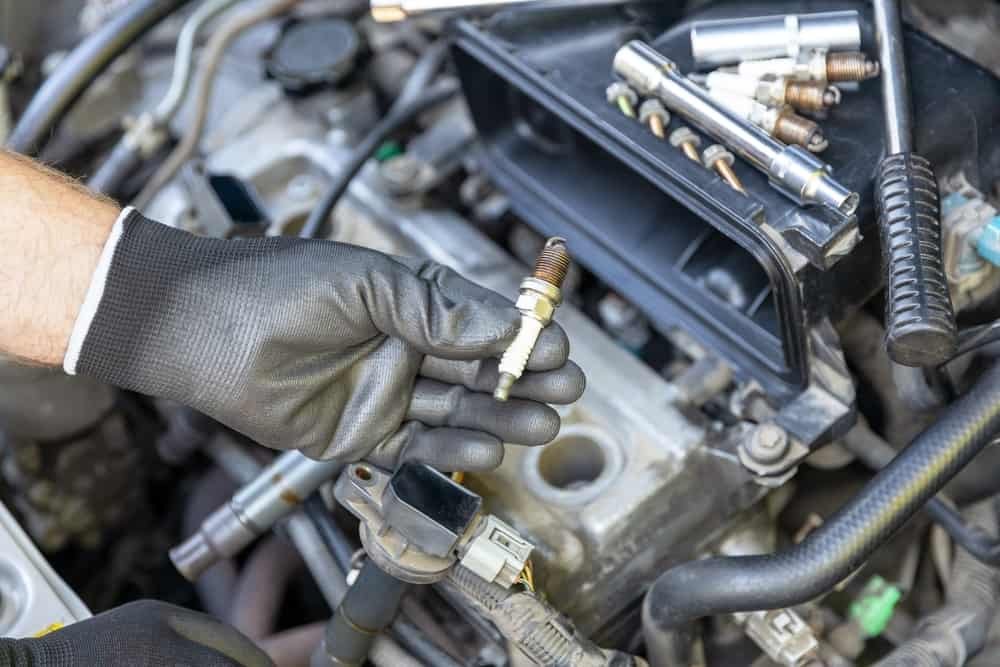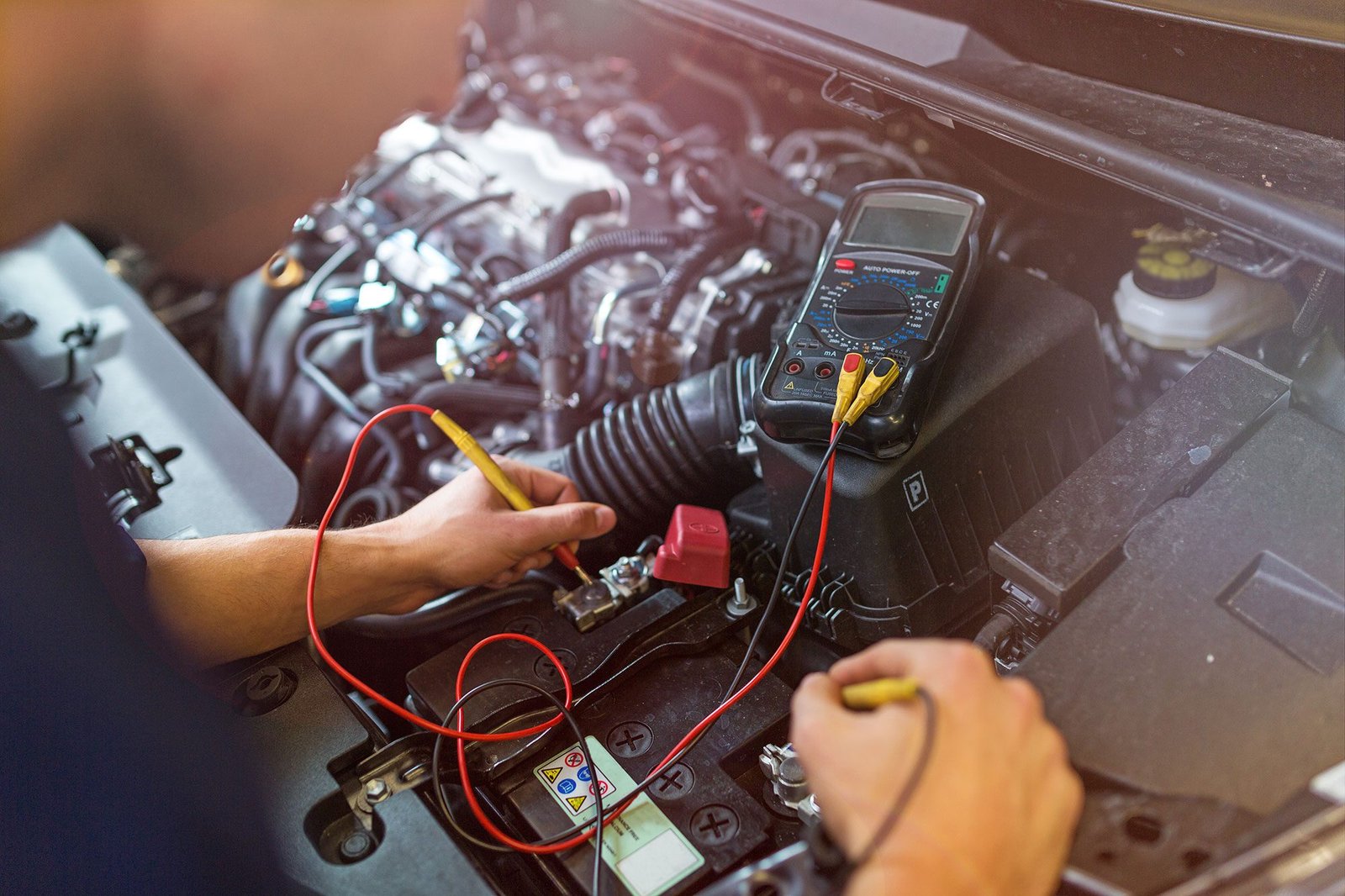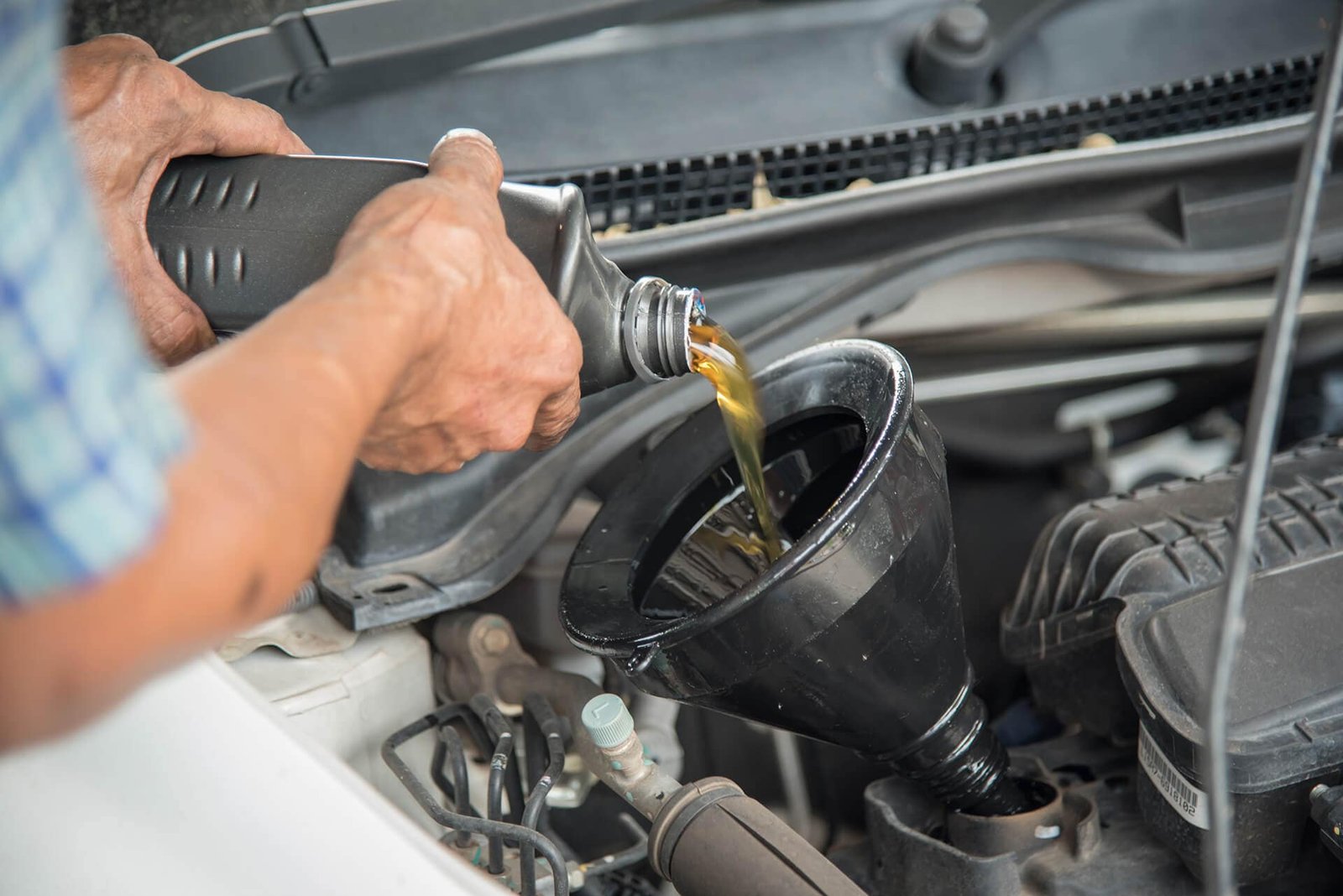Spark plugs are the hidden stars of your car’s engine; they’re very important for making sure it runs at its best. These small parts wear out over time, which makes the engine less efficient. This guide will show you how to change spark plugs yourself, so you can improve your car’s performance and save money on maintenance.
Signs That Your Spark Plugs Are Wearing Out
Before you start replacing your spark plugs, you need to know what the warning signs are that they need to be changed. Misfiring engines, bad gas mileage, and trouble starting the engine are all signs that your spark plugs may need to be replaced.
DIY Spark Plug Replacement Pros and Cons
There are a lot of good things about replacing your own spark plugs. It not only saves you money, but it also makes the engine more efficient, which makes the whole car run better.
What You Need: Tools and Materials
Get the tools and items you need before you start. To change the spark plugs, you’ll need a gap tool, dielectric grease, and of course, new spark plugs. Having these things on hand makes sure that the repair process goes smoothly and quickly.
How to Do It Step by Step
If you want to change your spark plugs yourself, do these things:
1. Park the car and get it ready
Put the car down on a flat area and wait for the engine to cool down. This makes sure that everyone is safe and can get to the new area.
2. Find the old spark plugs and take them out.
To find the spark plugs, look in your car’s instructions. Carefully take out the old spark plugs with a spark plug tool and wrench.
3. Check and fix the gap between the spark plugs
Check and change the gap between the new spark plugs with a gap tool. This is an important step for making sure the engine and spark work right.
4. Put on some dielectric grease and put in the new spark plugs.
Put a little dielectric grease on the threads and boot of the spark plug. Use the spark plug socket and wrench to put in the new spark plugs.
5. Put the engine back together and start it.
Carefully put back together any parts you took off, and then start the engine to make sure everything is working right.
What Not to Do: Common Mistakes
Even though it’s easy to change spark plugs, there are some mistakes that people often make. Some mistakes that can go wrong are overtightening, forgetting to fix the gap, and using the wrong spark plug.
How to Pick the Right Spark Plugs
To pick the right spark plugs for your car, you need to look at the instructions, think about the electrode material, and check the heat range. Each of these things affects how well the engine works.
How often spark plugs need to be replaced
Different spark plug makers give different advice on how often to change them. Regular inspections based on the signs of the car are also important for keeping the engine running at its best.
Pros of Keeping Spark Plugs in Good Shape
Regular upkeep on the spark plugs makes the engine last longer, use less gas and put out less pollution. In the long run, taking the time to do this easy job will pay off.
Tips on How to Change a Spark Plug
How often do I need to get new spark plugs?
Depending on the type, spark plugs need to be changed every 30,000 to 100,000 miles.
Can I use any spark plug in my car?
Check your car’s manual to find out what kind of spark plugs are recommended and how they should be used.
How do you know if a spark plug is worn out?
Misfiring engines, bad fuel economy, and trouble starting the engine are all common signs.
Is it hard to change spark plugs on your own?
It’s possible to change your own spark plugs if you have the right tools and follow the steps.
How do I pick the right spark plug for my car?
For the best choice, look at your car’s instructions and think about things like the electrode material and the heat range.
In conclusion
In conclusion, replacing your own spark plugs is a useful and inexpensive way to boost your car’s performance. You can get better gas mileage and lower maintenance costs by knowing how to tell when your spark plugs are worn out, following a step-by-step guide, and not making the same mistakes other people do. Spark plug upkeep is a small task that pays off big in the long run.
Unique Frequently Asked Questions
What will happen if I don’t change my spark plugs?
Not replacing the spark plugs can make the engine run less well, use more gas, and possibly damage other parts of the engine.
Does the car run better after the spark plugs are changed?
Yes, changing spark plugs that are worn out can improve combustion, make the car use less gas, and make it run better overall.
Should I change all of the spark plugs, or can I just change one?
For the best performance, you should change all of the spark plugs at the same time, even if only one seems to be broken.
Should I clean the spark plugs instead of getting new ones?
Cleaning the spark plugs might help for a short time, but changing them with new ones will ensure steady and effective operation.
How do I know if my spark plugs are already gapped?
Even though most new spark plugs already have a gap between them, it’s always a good idea to check the gap and make any necessary changes before installing the plugs.



